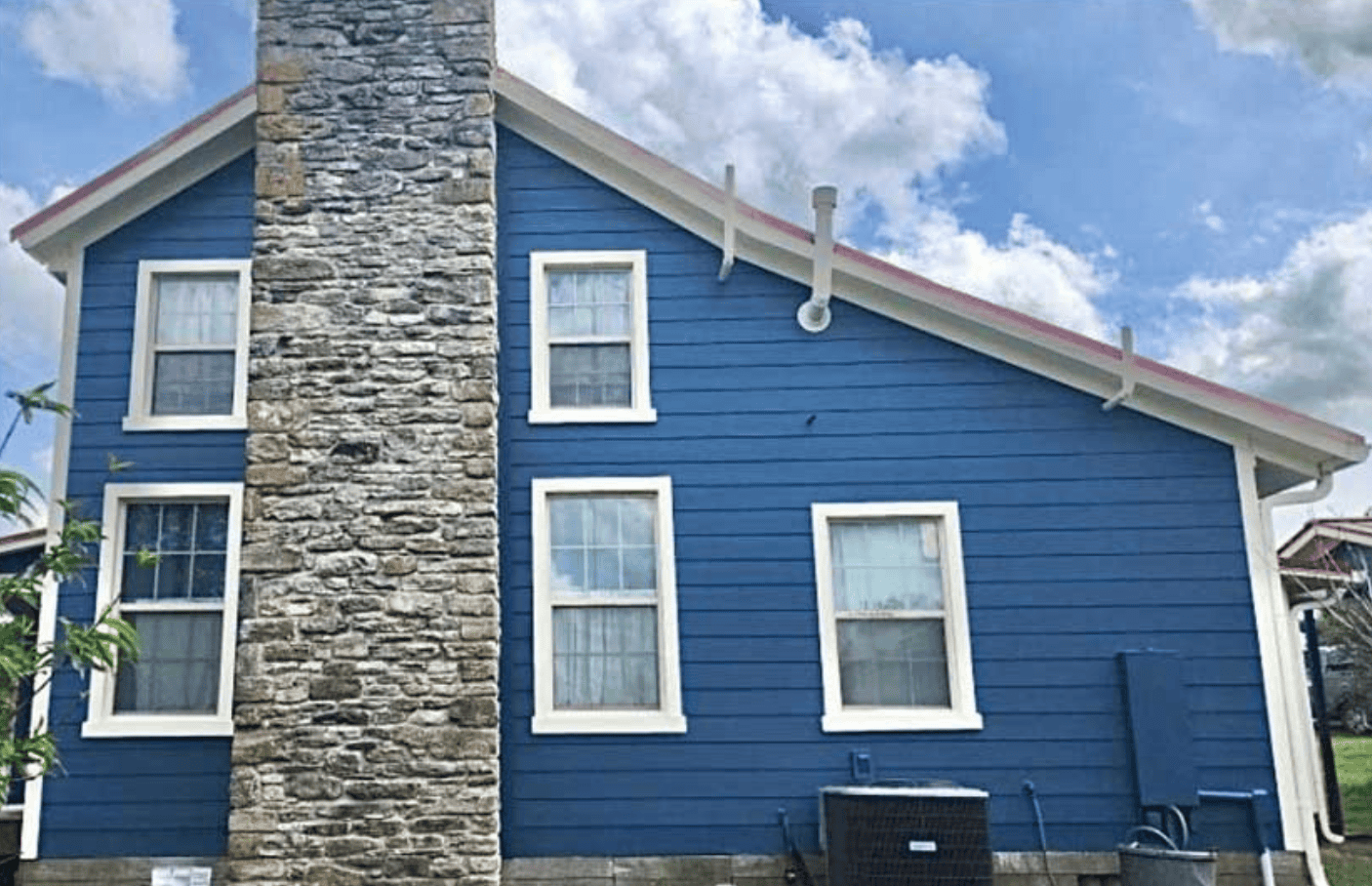Your home’s siding does more than just enhance curb appeal—it serves as your first line of defense against the elements. Over time, even the highest-quality siding materials can show signs of wear that compromise both your home’s appearance and protection. Knowing when to replace your siding can save you from costly repairs down the road and help maintain your home’s value.
At Advanced Home Exteriors, we’ve helped countless Houston-area homeowners assess their siding needs. Here’s our comprehensive checklist to help you determine if it’s time for a siding replacement.

10 Warning Signs Your Siding Needs Replacement
1. Visible Damage
Take a walk around your home and look for obvious signs of deterioration. Cracks, warping, or rotting in your siding material are clear indicators that replacement may be necessary. Even small cracks can allow moisture to penetrate, leading to bigger problems over time.
2. Fading or Discoloration
While some fading is normal with age, significant color changes or uneven discoloration often signal that your siding’s protective properties have been compromised. This is especially common with vinyl siding that has been exposed to intense UV rays over many years.
3. Mold or Mildew Growth
Persistent mold or mildew that returns despite cleaning efforts indicates moisture is penetrating your siding. This suggests your siding is no longer providing adequate protection and may need replacement to prevent structural damage.
4. Peeling Paint
If you notice paint peeling or blistering on your siding, this often means the underlying material is deteriorating. While you might think a fresh coat of paint will solve the problem, it’s usually a sign of deeper issues that require professional attention.
5. Rising Energy Bills
Have your heating and cooling costs increased without explanation? Poor-performing siding can contribute to energy loss by allowing conditioned air to escape and outside air to infiltrate. Modern siding materials offer superior insulation properties that can help reduce your energy costs.
6. Interior Water Damage
Signs of water damage or moisture inside your home—such as water stains on walls, peeling interior paint, or musty odors—could indicate that compromised siding is allowing water infiltration. This is a serious issue that requires immediate attention.
7. Insect Infestations
Visible damage from termites, carpenter ants, or other pests is a red flag. These insects often target areas where siding has become soft or compromised, creating entry points that can lead to extensive structural damage if left untreated.
8. Warping or Buckling
Warped or buckled siding panels may result from moisture damage, improper installation, or natural expansion and contraction over time. This type of damage not only looks unsightly but can also compromise your home’s weather resistance.
9. Age of Your Siding
Consider how long your current siding has been in place. Most siding materials have specific lifespans: – Vinyl siding: 20-40 years – Wood siding: 20-30 years (with proper maintenance) – Aluminum siding: 25-40 years – Fiber cement siding: 25-50 years
If your siding is approaching or has exceeded its expected lifespan, replacement may be a wise investment.
10. Cracks and Gaps
Small cracks and gaps might seem minor, but they provide pathways for moisture, pests, and air infiltration. Over time, these openings tend to expand, leading to more significant problems that are costlier to address.
The Benefits of Timely Siding Replacement
Replacing your siding before minor issues become major problems offers several advantages:
Enhanced Protection: New siding provides superior weather resistance and moisture protection for your home’s structure.
Improved Energy Efficiency: Modern siding materials and installation techniques can significantly reduce energy costs through better insulation.
Increased Home Value: Quality siding replacement can recoup 70-80% of its cost in added home value, making it one of the most valuable home improvements.
Lower Maintenance: Newer siding materials like HardiePlank fiber cement require minimal maintenance compared to traditional options.
Peace of Mind: Knowing your home is properly protected allows you to focus on enjoying your space rather than worrying about potential damage.
Why Choose Professional Assessment?
While this checklist provides valuable guidance, every home is unique. Factors like your local climate, the quality of previous installations, and your home’s specific exposure to elements all play a role in determining the right timing for siding replacement.
A professional contractor can provide a thorough assessment that considers all these factors, helping you make an informed decision about whether repair or replacement is the most cost-effective option.
Ready for a Professional Evaluation?
If you’ve identified any of these warning signs around your home, don’t wait for the problem to worsen. Early action can save you significant time and money while ensuring your home remains protected and beautiful.
At Advanced Home Exteriors, we specialize in helping Houston-area homeowners make informed decisions about their siding needs. Our experienced team can assess your current siding condition and provide honest recommendations tailored to your specific situation and budget.
Call us today at 832-363-3772 to discuss your siding concerns and schedule your free estimate consultation. Let us help you protect your most important investment with quality siding solutions that will serve your family for years to come.



